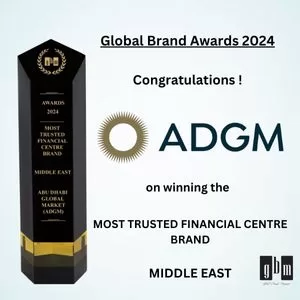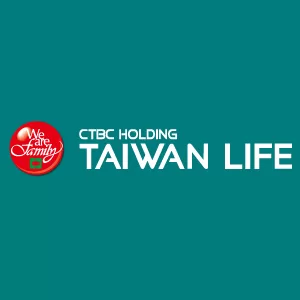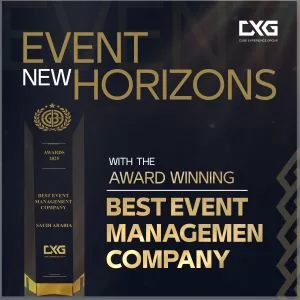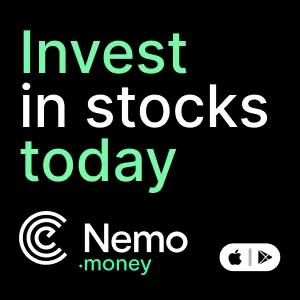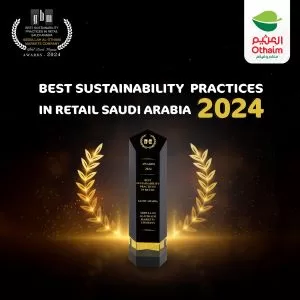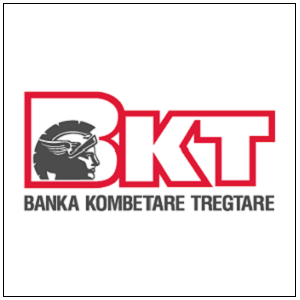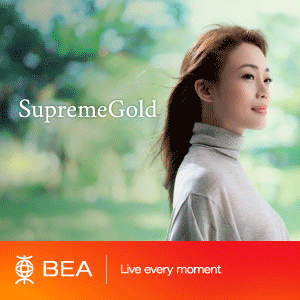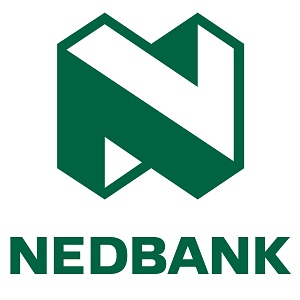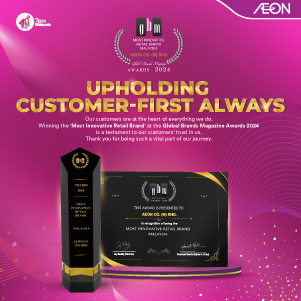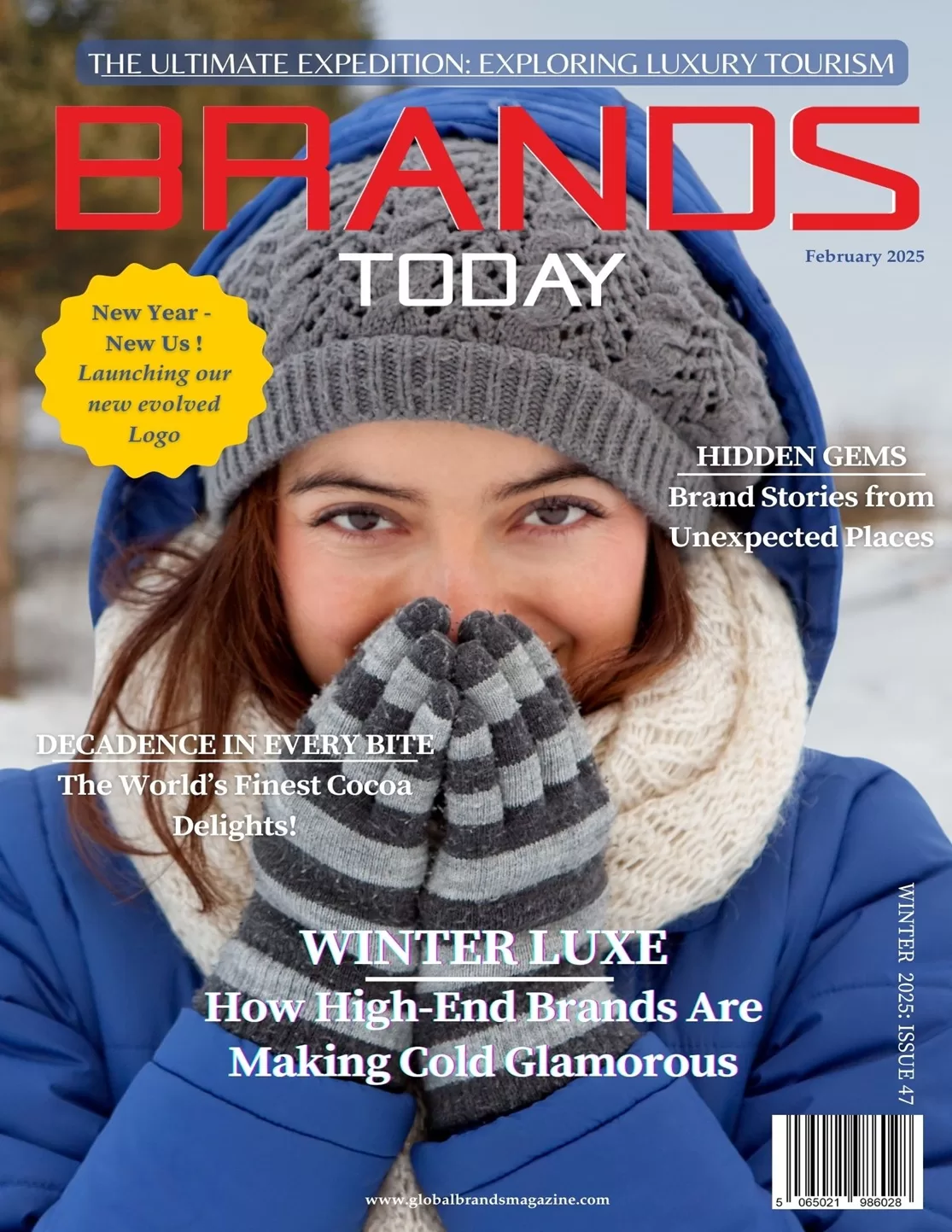Brand Strategy
Rethinking Luxury: How Brands Can Thrive Amidst Economic and Consumer Shifts
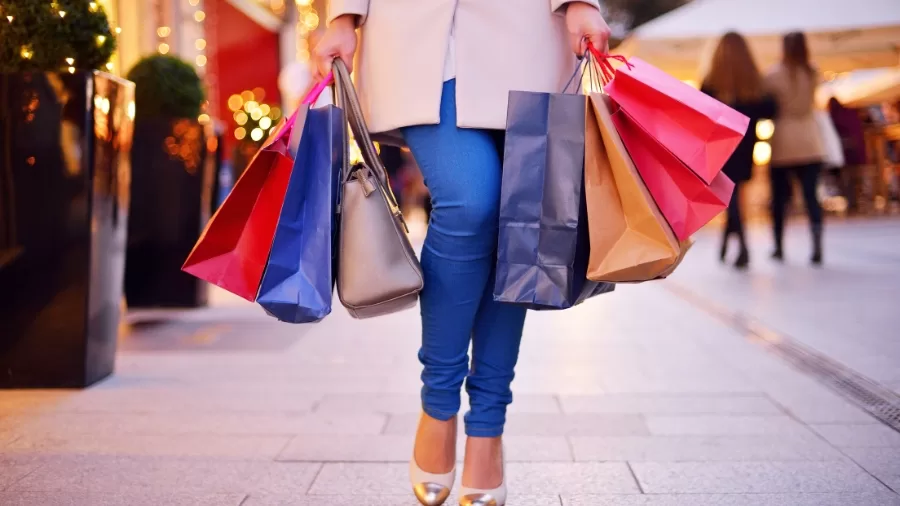
- Luxury brands indeed find themselves with a multitude of challenges in the face of changing consumer tastes and economic issues.
- Consumers now demand scarce, personalised, and experience-based commodities, and it’s for that reason that sustainability, ethics, and an all-involving tradition are up for serious debate in the industry, while the brand position is yet another difference—bringing it alternatively.
Over the last few years, the luxury industry has seen a fundamental shift as a result of changes in consumer behaviour caused by changing tastes and economic pressures, resulting in a market downturn. While this sector was formerly assumed to be immune to larger economic forces, rich customers have suddenly changed their buying habits, posing issues with all the erratic fluctuations.
Shifting Consumer Preferences
Today’s affluent consumers consider luxury in contrast to the facets of spending on traditional luxury goods such as designer bags and grand watches. They are now much more hooked on spending on experiences rather than on products. Building on aspirational experiences like exclusive events and bespoke travel experiences, spending on experiences has seen an increase, causing a lag in luxury goods.
It is specifically the younger population who are sensitive to the themes of sustainability, ethics, and individuality. While generations prior would have perhaps splurged on luxury goods solely for their status symbol, their replacements of millennials and post-millennials are profoundly into purchasing products that follow their designs. They are looking for brands that are sustainable on some level and offer a unique experience to own beyond the mere luxury of owning an expensive item.
Economic Impacts
The other factor affecting luxury status is economic reasons. The ongoing global economic uncertainty, inflation, and increased costs of living are making even the high-net-worth individuals consider how they can rationalise their spending. Whereas luxury brands were traditionally for those very rich, the rich now seek the best value for their money and demand products that, in addition to exclusivity, also bear ultimate practical value and an emotional engagement.
More than that, the pandemic only accelerated this change as individuals began to evaluate what was truly important. Health, well-being, and mental happiness all started to take precedence over love for material possessions and blatant financial influences. From here, many turned their attention away from luxury towards low-key products while maintaining high-quality design.
The Rise of New Luxury
Emerging brands that know exactly how to tap into what their customers are looking for are not keen on all the glitz and bedazzlement anymore. Clever brands provide artisanal work combined with conscious sustainability and ethical production. Now, consumers are interested in brands with a clear mission and vision rather than those that sell exclusiveness.
Moreover, the digital environment profoundly influences the transformation of the luxury market. Now that social media has become omnipresent, luxury brands now have to try to please the preferences of a much younger digital population. Well, that includes adopting marketing strategies ranging from partnerships with influencers to limited-edition creations to push exclusiveness in a more informal, accessible way.
Luxury Adaptation in a Changing Landscape
The rapid transformation of the world to the new digital age has left a footprint on the world of luxury as well. Luxury brands could lose their importance in no time if they didn’t adjust to the changes. Failing to understand the on-the-move notions of consumers in the context of luxury will prove detrimental to keeping brands strong. The global rise in awareness around sustainability is bound to push for a fundamental change in the attitude around luxury living and consumption. Brands constituting basic needs for both are ideally positioned for long-term values. Comparatively, museums exist unbowed.
Balancing to attract new customers is now more about establishing values in simple language: sustainability, ethical norms, and customised experiences, allowing brands to connect with a broader section of people while also appeasing the KOLs. Nonetheless, the role of the segment in acknowledged culture is still there.
So, is luxury beyond its end now, or not? Surprisingly, no: in this day and age, with continuous evolution, luxury brands are offering to produce something other than aesthetics and brand value.




